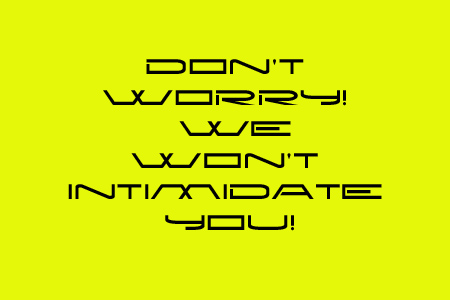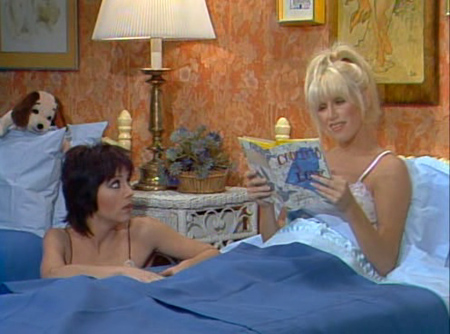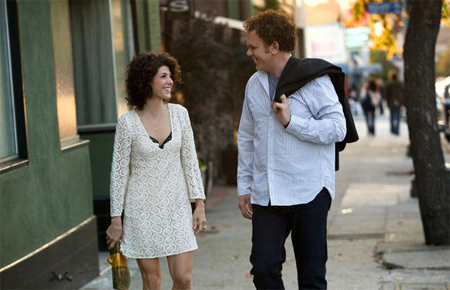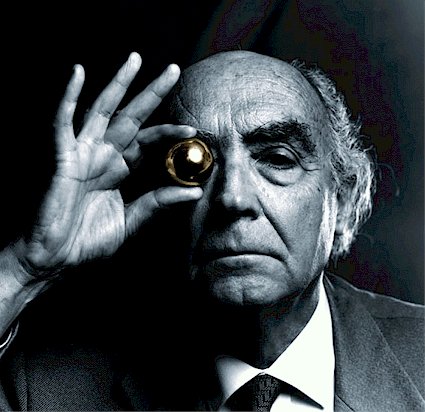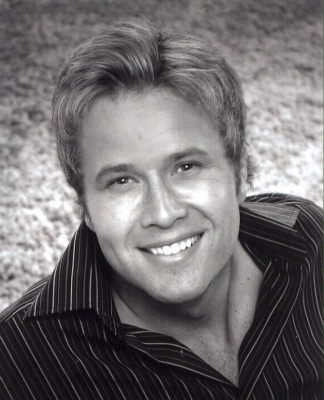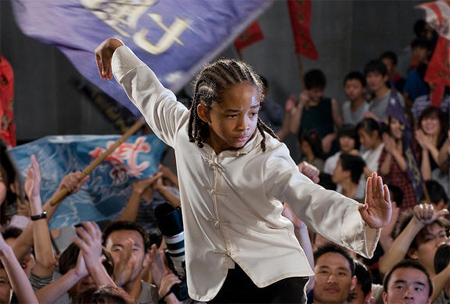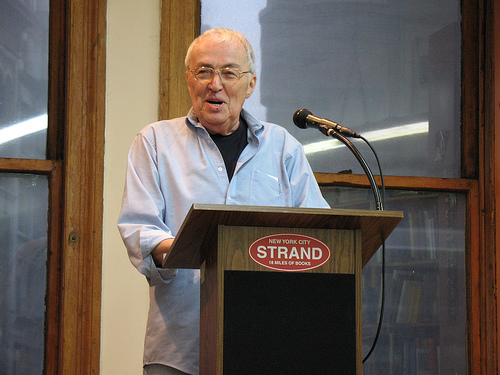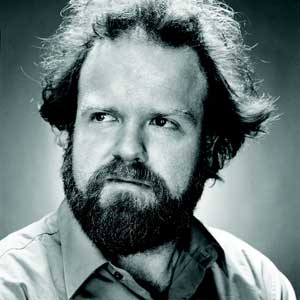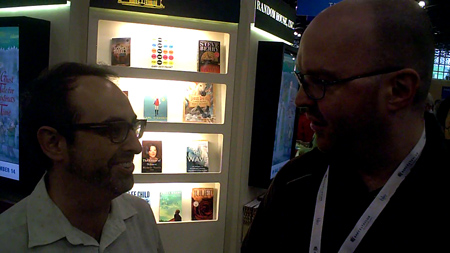The San Francisco government had gone out of its way to declare the police station “non-intimidating,” It all started when a young innovator had suggested sending brochures to nearby residents by mail. The City, which was still in the early stages of embracing all things digital, thought that this was a pretty good idea. To save a bit of money, it commissioned this conceptual whipper-snapper to write all the copy. When an administrative official two weeks away from a prestigious (read: more lucrative) post in Pennsylvania caught wind of the young man’s purported background in graphic design, the official, hoping to create a mess for the obnoxious new guy to clean up, replied, “Fire up Quark and knock yourself out.” With “public awareness” still a recurring and not easily identified priority, the plan was ridiculously easy to authorize. But when the brochures came in, accompanied by a dubious $2,000 invoice for “special services” from some guy named Randy, the young man was boxed around the ears and let go. The gaudy brochures had come back with the catastrophic header DON’T WORRY! WE WON’T INTIMIDATE YOU! printed in a large and unfriendly font against a sickly yellow and vaguely green background.
Meetings were held. Protocols and terms were fiercely argued. The City, still bracing from Randy’s invoice, contemplated bringing in George Lakoff from across the Bay, before understanding that there was a certain humiliation in relying on Berkeley to solve a San Francisco problem. Remarkably, this wasteful public spending had somehow escaped Matier and Ross’s prying investigative attentions. Randy had been paid promptly to keep things quiet. Yet despite these setbacks, it was agreed that the “non-intimidating” concept had to be conveyed to the public. Bus shelter ads might scare the living bejesus out of the elderly. So the City agreed to a low-key campaign. Use the word “non-intimidating” at press conferences. Mention it in intimidating situations. Have all the earthquake preparedness professionals use it in relation to unanticipated seismic rumbles. But most importantly, describe Park Station as “non-intimidating” on the sfgov website.
Few people remembered that Park Station, once strenuously opposed by the mindful planner John McLaren during its construction, had spent a good century defying public perception. The building, originally flanked by two wings stabling 32 horses, had maintained its stucco facades over the years, but its interior had been replaced by clinical functionalism.
This transformation may have had something to do with Park Station’s successful bombing by bloodthirsty activists, believed to be the Weather Underground. It was thought at the time that the window ledge blasting was related to the Chicago Trial protests. The bombing had killed a police sergeant. Developing technology would later pin part of the crime on members of the Black Liberation Army, but Bill Ayers’s guilt hadn’t been entirely pegged after four decades of investigation. The station had closed, reopened, remodeled, and reinforced itself. Its look decayed and its fortification strengthened with every fresh generation of cops grousing its halls.
Some of the residents living near Golden Gate Park’s southwestern perimeter had traded in their ideals for relentless equity management during boom times, but they came around to believing that Park Station was non-intimidating. It helped that many of these young starving pups had no sense of history. The station was non-intimidating only if you believed that the police would always do their duty. It was non-intimidating only if you believed that the authoritarians wouldn’t confuse the rights of nonviolent protesters with their more intense, pyro-happy counterparts. It was non-intimidating only if you kept your head down and avoided the hassles, the harassment, and the harried interventions of hotheaded cops too eager to crack a few heads.
